Las Vegas in the 1950s was one of the best tourist destinations in the United States. At that, over ten million people were visiting the city annually. New hotels and casinos were opening and the city was known for its bright lights and nightlife.
In 1951, the US government selected a testing site for atomic bomb testing, located just 65 miles northwest of Las Vegas. The Yucca Flats of Nevada was located in the center of the American wasteland, making it the perfect place for nuclear testing. Between 1951 and 1992, the U.S. government conducted a total of 1,021 nuclear tests here. Out of these tests, 100 were atmospheric, and 921 were underground.
Mushroom clouds from the atmospheric tests could be seen up to 100 miles away in the distance. Vegas began to experience a new influx of tourists who would travel thousands of miles in order to catch a glimpse of the mushroom. People could see the clouds and bursts of light from their hotel windows. Some casinos and hotels hosted “dawn parties” and created atomic themed cocktails, encouraging visitors to view the tests.
Nowadays, instead of watching explosions go off at the Nevada Testing Site, the main source of atomic tourism stems from the Atomic Testing Museum that opened in 2005. In addition to walking through recreations of old testing sites and bomb shelters, visitors may also take bus tours to the testing site itself.






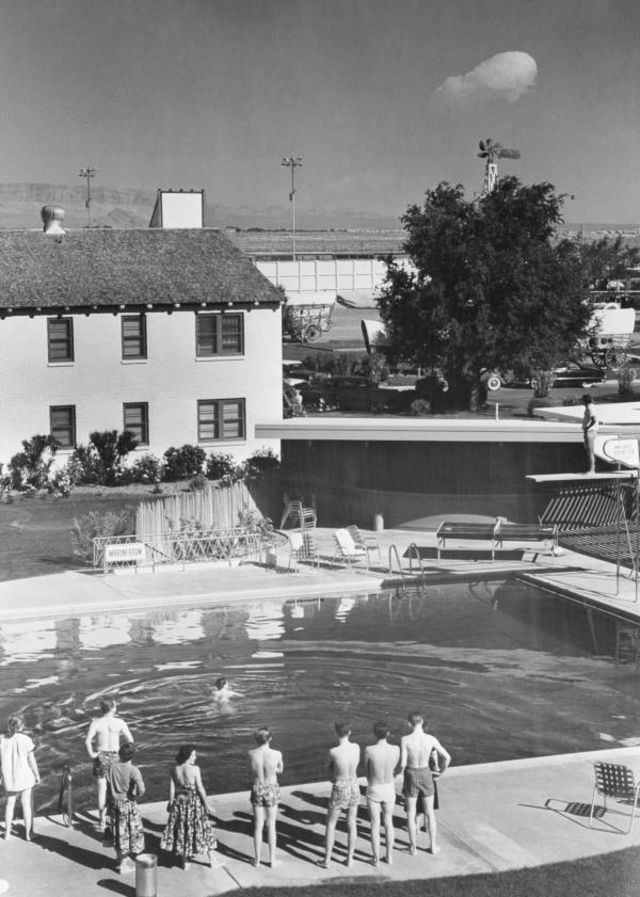






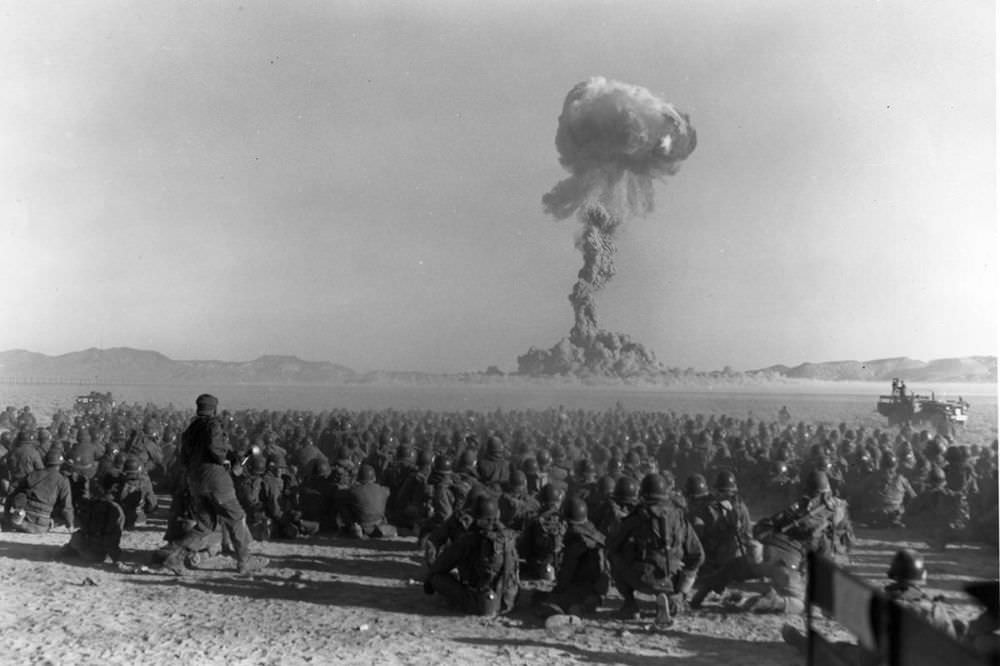

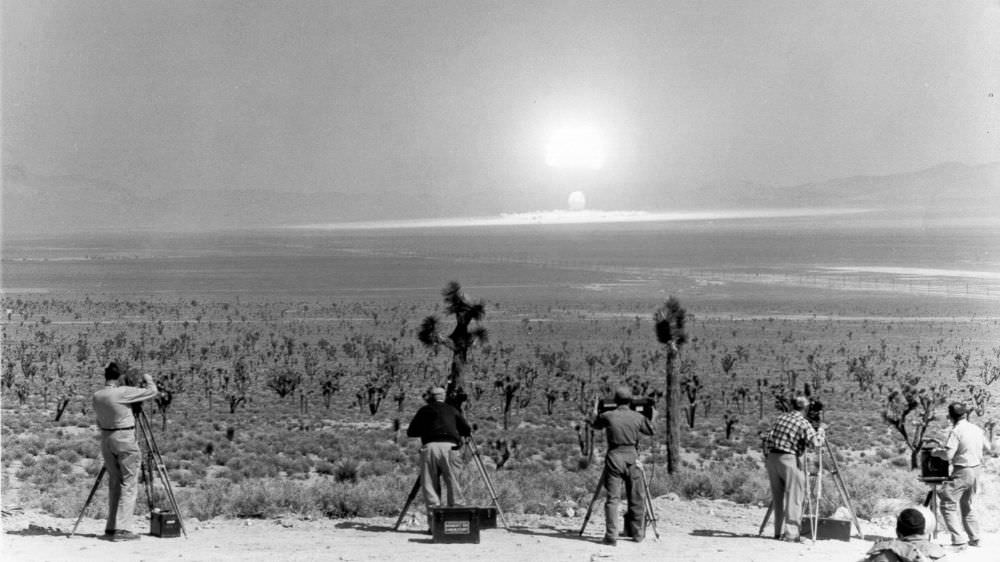






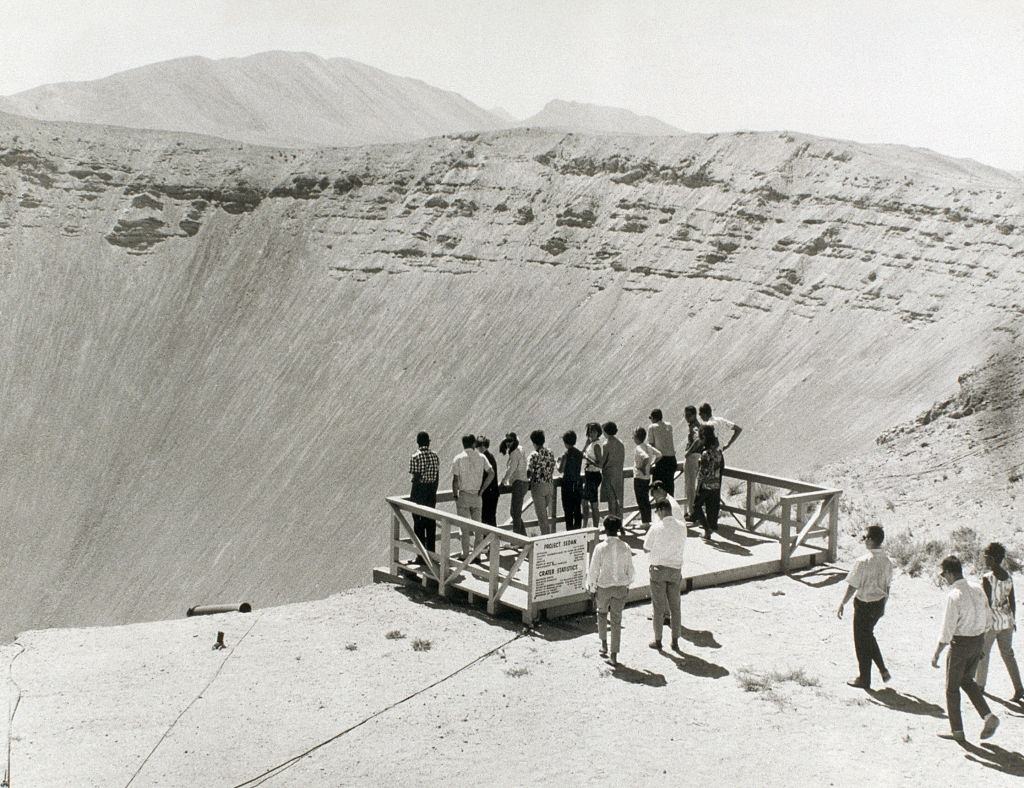

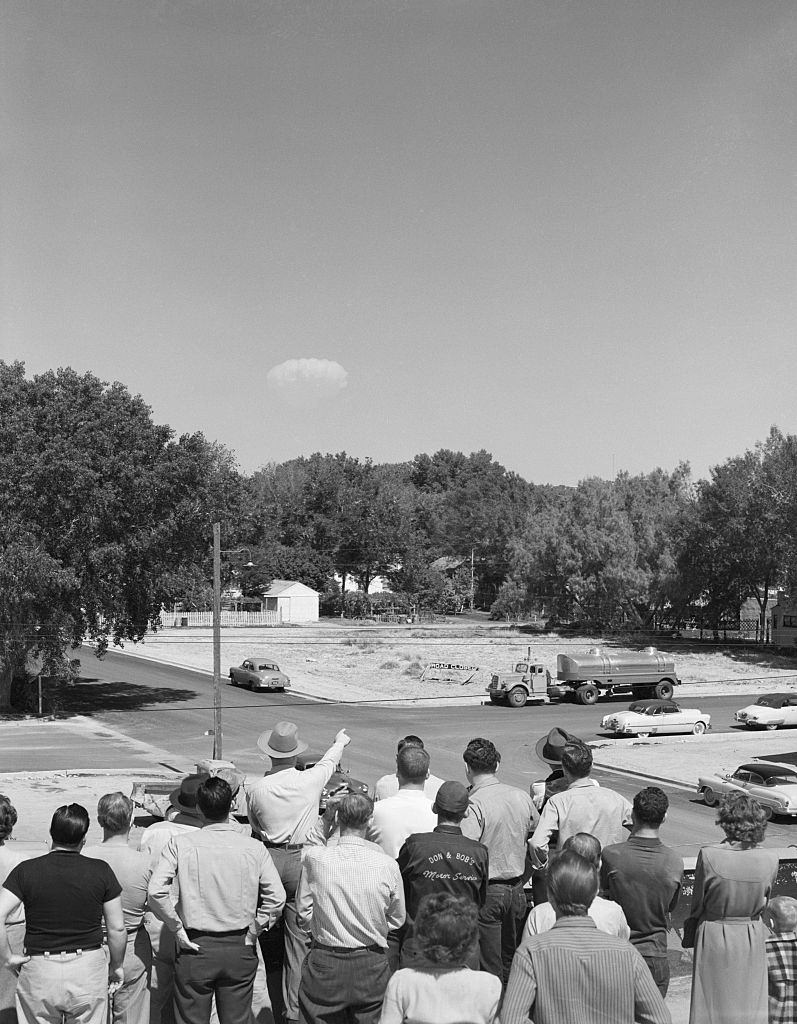



Hey, that’s a great idea to get the tourists back. NUKES!